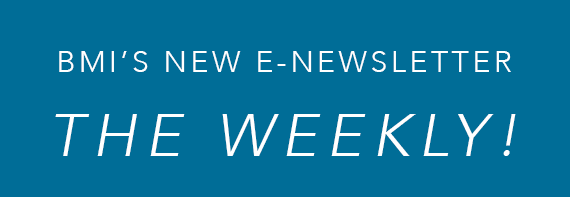How to Know When It’s Time to Remix
If the lead vocal lacks punch, or the whole track feels static rather than energetic, then it’s usually best to go back to the multitrack and do it again

Many pros believe that a really good song can withstand a few minor technical glitches, and caution against obsessive retooling of the recorded work. If for instance the whole track seems overly bright (or, conversely, leans bass-heavy), you can often remedy the problem by making a few EQ adjustments using your editing software. Or if there are only a few offending segments, you could conceivably rework just those parts and weave them back into the master mix.
But if the problems aren’t as simple as all that—such as when the lead vocal lacks punch, or the whole track feels static rather than energetic—then it’s usually best to go back to the multitrack and try again. Here are some examples.
The track lacks dynamics. When used properly, a compressor adds just enough boost and leveling to give the work a professional-sounding sheen. If too much compression is applied, however, drums can become spongy sounding rather than crisp, or the entire mix may lack dynamics (and the problems can be exacerbated once the track is played on terrestrial radio or other platform already using compression). If your current mix suffers from any of these symptoms, best return to the multitrack and have another go, this time being more careful with compression to ensure that the “transients” (i.e., the initial burst of sound from an instrument) aren’t lost along the way.
Not enough bass content. Despite years of basement-grade recording experience (and having lots of pro guidance along the way), I’ve been regularly taken to task for creating mixes that “could really use a little more bass, man.” In my case the issue is a control room that, due to its structure, can sometimes make the bass seem a bit louder than it actually is. This can be a common problem for any home-studio dweller, and you’ll know it as soon as you step into another listening environment (such as a car or a different room). While you could try equalizing to add more bottom, you’ll likely just end up darkening the whole mix without actually fixing the bass. When re-cutting the bass part, then, be sure that the instrument not only has sufficient level, but also plenty of articulation—ideally you want to hear the player’s fingers on the strings from time to time when isolated, that way you’ll know the part has enough presence to properly push through the mix. If necessary, use some channel EQ to lightly sculpt the sound until it gels with the other instruments. And if you’re consistently having trouble accurately hearing bass through your monitors, consider tending to the acoustics around your mix area (such as adding throw rugs, curtains or anything else to dry up the space and boost the direct sound).
Too much reverb. Fans of old-school recording like to talk about “committing” to a certain sound or mix while you’re working, as a way of streamlining the final-mix process. While this method certainly has its merits, it also assumes your judgement was correct at the time you “committed.” But all it takes is a little ear fatigue, and you may subsequently realize you’d added way more echo or delay during mixdown than intended. When working with effects like reverb, remember that the sound has a tendency to expand when compression or limiting is subsequently applied. Particularly if you’ll be using a mastering professional or toolkit later on, try to go easy on the echo while mixing (and lay off the compression altogether).
The vocals aren’t focused. None of the above really matters without a lead vocal that has sufficient level and cuts a proper contrast with the backing track. For instance, vocals that are close-miked tend to induce the “proximity effect,” resulting in a warmer but also bottom-heavy tone that, depending on the construct of the backing track, may appear muddy and unfocused. Not that you necessarily have to recut the track—here again you can work with the channel EQ to carve out a more “neutral” sound, perhaps shaving off a bit of low end while carefully boosting the mids until the vocal properly sits in the mix.






Community
Connect with BMI & Professional Songwriters